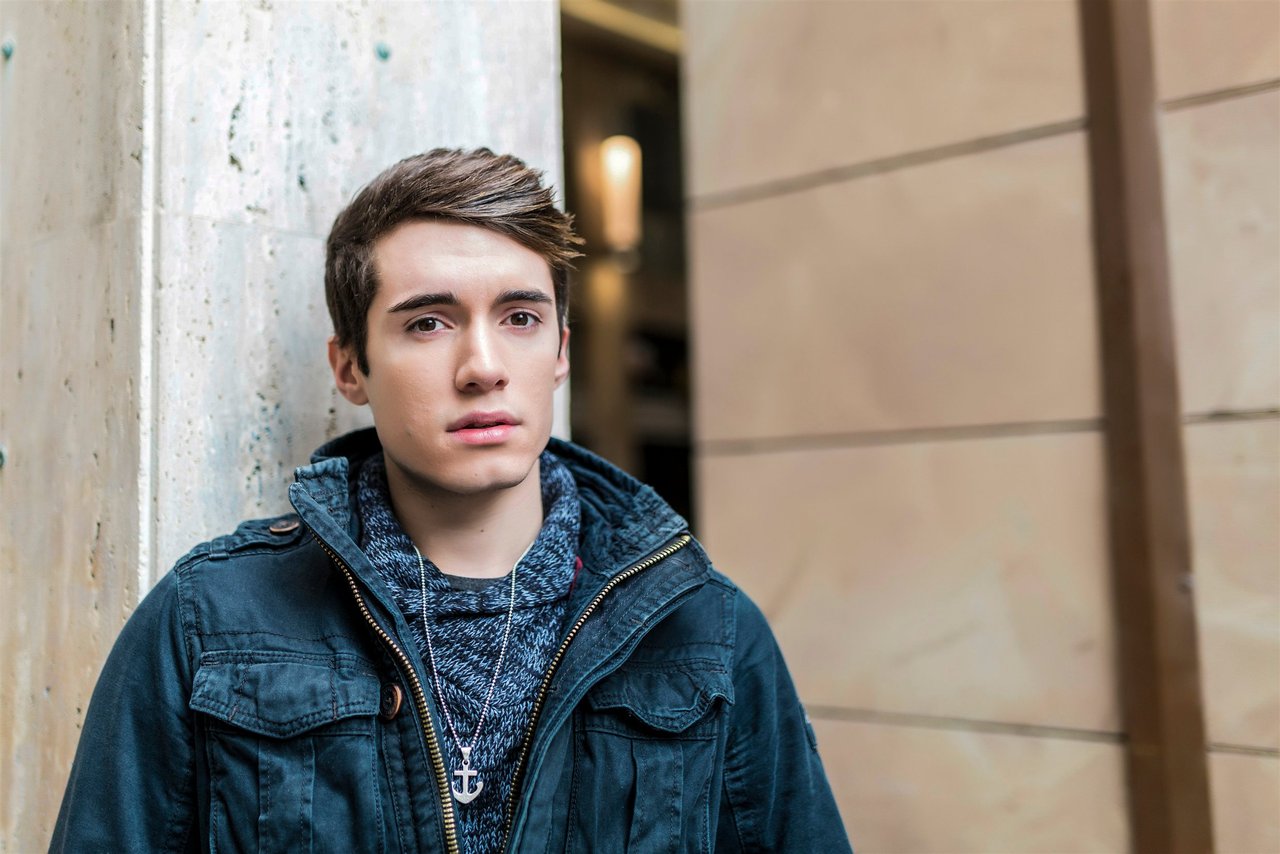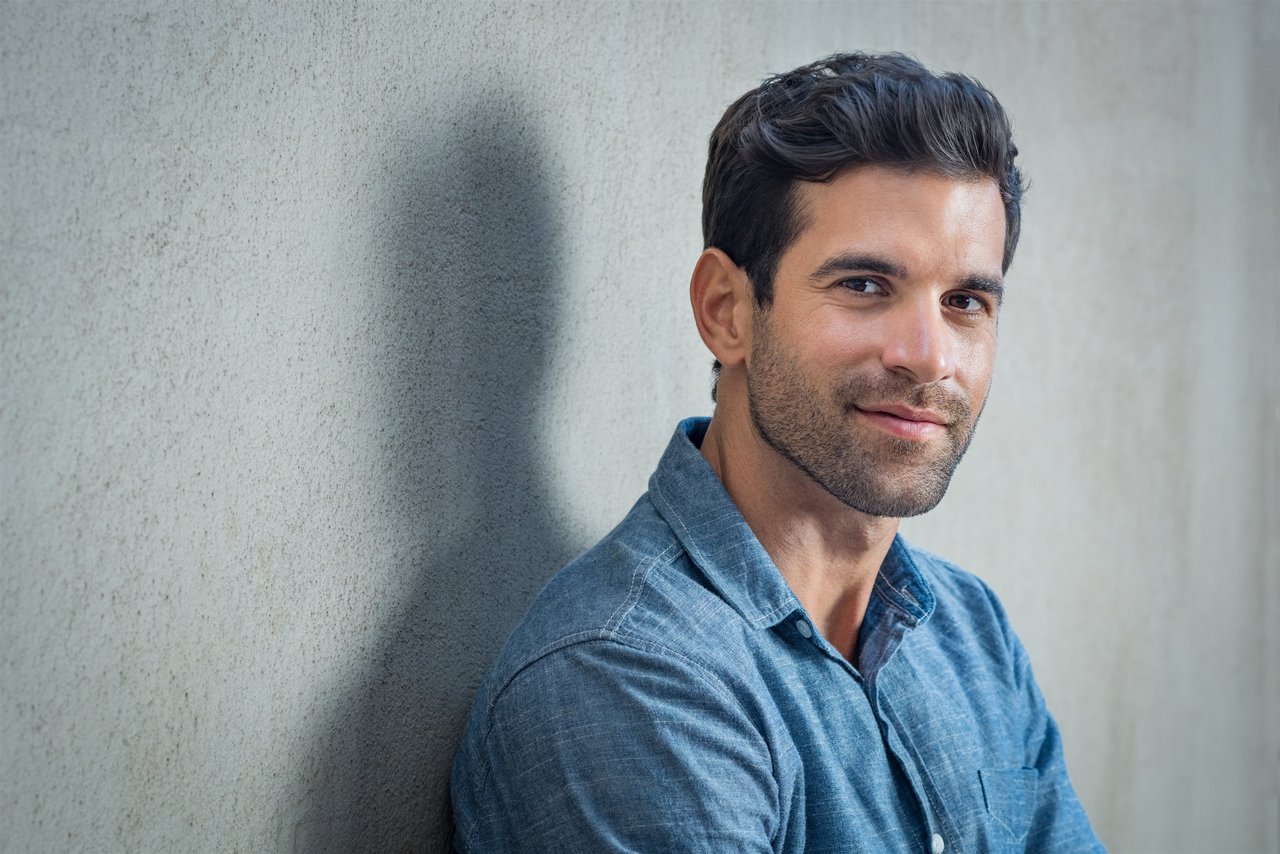The Gay Animal Kingdom and How It Shapes Identity Among Gay Men
The language of the gay animal kingdom goes beyond labels—it’s a shorthand for possibility. In modern gay culture, tossing terms like bear, otter, or wolf tosses a wink across the room. The roots of these words lie in a need for self-expression and belonging. They’ve evolved from inside jokes to a nuanced vocabulary. Any time a gay man calls himself a bear, or describes a friend as a golden retriever type, he’s not just talking about body type—he’s communicating expectations, playfulness, and sometimes vulnerability.
This whole system started as a response to mainstream culture’s narrow view of masculinity. Over decades, animal archetypes have grown to anchor identity. Bears, otters, wolves—each hint at physical characteristics and personality traits, offering people a sense of community. These animal references have become essential within both online dating and offline social groups, shaping everything from conversation starters to dating app filters. The result? More spaces where people can confidently say, “This is me,” and find others who get them. Labels don't have to box anyone in—they can also open doors to solidarity, empathy, and friendship across all corners of the queer community.
Bear Gay Men and the Rise of Body Positivity in LGBTQ Subcultures
Thick, bearded, often hairy and solid in their presence—bear gay men stand out for their celebration of body diversity and confidence. The “bear” archetype pushes back against social pressures that fixate on lean, boyish forms. In this space, strength, masculinity, and softness in the right places become the source of pride. Bears often value comfort, warmth, and communal bonds. The archetype thrives on self-acceptance, helping many gay men redefine what it means to be attractive and desired.
Beyond surface traits, bear gay men cultivate communities grounded in friendship and mutual respect. Their subculture is known for playful banter, inclusive events, and acceptance of differences—nobody cares if you aren’t shaving daily or hitting the gym just for abs. The bear scene stands as a counterweight to more exclusive or image-driven subgroups, making room for every shape and personality. Among the various types of gay men, bears champion a message of resilience and self-love. In fact, a 2017 study highlighted how participation in bear communities often leads to increased self-esteem and mental well-being compared to the broader gay male population【source: Taylor & Francis Online】. It’s not about fitting in—it's about belonging, exactly as you are.
The Otter Gay Men Archetype: Body Diversity and Playful Community
Slim or athletic, often with some body hair but less bulk than their bear counterparts, otter gay men highlight the nuance within gay animal kingdom social slang. Otters aren’t trying to out-muscle anyone—they’re agile, witty, and usually modest about their looks. What sets them apart is an easy social energy and a sense of play that feels approachable in clubs, coffee shops, or digital dating spaces. For otters, style is personal: form-hugging tees, playful accessorizing, a little unshaven but rarely rugged.
Otter gay men remind us that body type is just one chapter in a longer story about personality, interests, and self-acceptance. They act as bridges between extremes—somewhere between the big-hearted bears and smooth-skinned twinks—often forming tight-knit groups that value humor, warmth, and camaraderie. You’ll find otters flocking together on dating apps, celebrating their own brand of casual cool, and rarely feeling the need to posture. Being an otter isn’t about shrinking to fit in, but expanding the definition of what’s desirable in routines, hookups, or friendships. These guys bring lightness to the lgbtq scene, showing that diversity and openness breed genuine connection.


